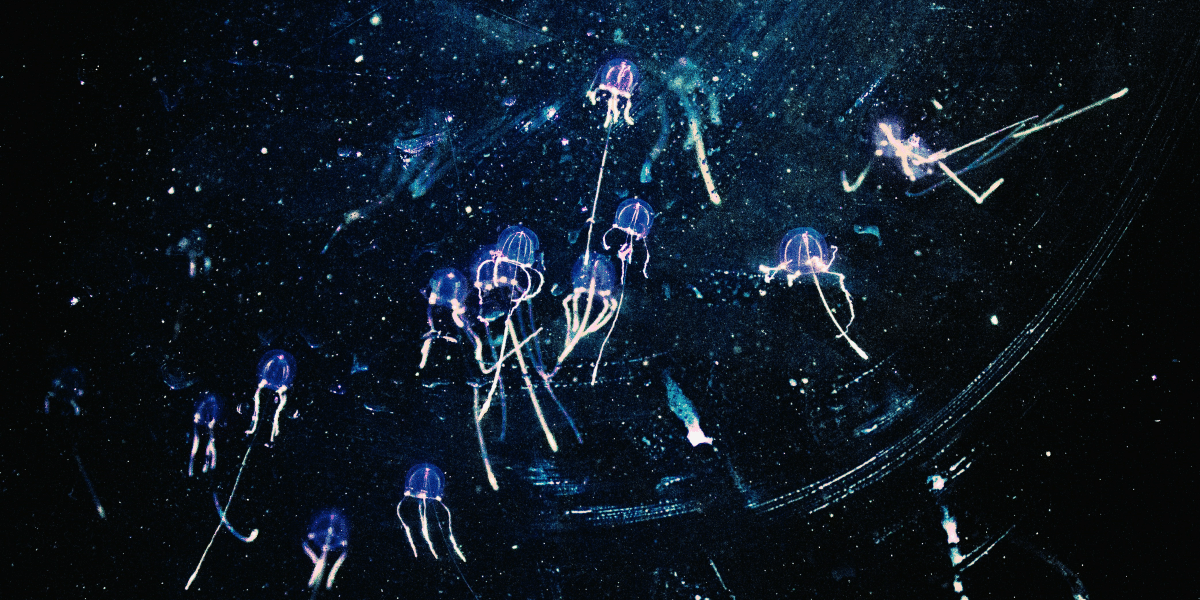Bioluminescence is one of nature’s most captivating phenomena. Living organisms emit light due to chemical reactions within their bodies. This incredible process can be seen in various creatures, from fireflies glowing on summer nights to deep-sea fish illuminating dark ocean waters. In recent years, bioluminescent events have attracted visitors to extraordinary beaches, forests, and rivers where the natural glow lights up the night, offering a breathtaking spectacle that feels otherworldly.
The Science Behind Bioluminescent Glows
The science of bioluminescence is rooted in chemistry. When a light-emitting molecule called luciferin reacts with oxygen, catalyzed by an enzyme called luciferase, it creates a glow. The intensity and color of the light can vary depending on the species and environment. This highly efficient reaction produces minimal heat, making it ideal for organisms that rely on it in delicate habitats like deep oceans or tropical forests.
The Magic of Bioluminescent Beaches
Some of the most mesmerizing displays of bioluminescence can be seen on bioluminescent beaches, where the waves glow an electric blue under the cover of night. These glowing beaches are caused by tiny marine organisms called dinoflagellates, a type of plankton that emits light when disturbed by movement. As waves crash onto the shore or people walk through shallow waters, these organisms produce a shimmering glow, illuminating the surroundings with a surreal blue light.
Fireflies: Lighting Up the Forests
Fireflies, or lightning bugs, are perhaps the most familiar bioluminescent creatures. They enchant us with their flashing lights on warm summer nights. These insects use bioluminescence to communicate, especially during mating season. Male fireflies fly in patterns, flashing light signals to attract potential mates, while females respond with specific light patterns to signal their interest. The timing and frequency of these flashes can vary between firefly species, creating an intricate language of light.
The Enigmatic Glow of Deep-Sea Creatures
The deep sea, where sunlight barely penetrates, is home to some of the most fascinating bioluminescent creatures on the planet. In this dark and high-pressure environment, bioluminescence serves as a survival tool for many species, helping them find food, avoid predators, and attract mates. Anglerfish, for example, use a bioluminescent lure to attract prey close enough to catch. At the same time, certain jellyfish species emit a glowing display when threatened, which acts as a distraction for predators.
One of the most mysterious examples of deep-sea bioluminescence is the “milky sea” phenomenon, where large ocean areas emit a faint, continuous blue glow that can be seen from space. This rare event is thought to be caused by bioluminescent bacteria, but scientists are still studying it to understand its origins and effects on marine ecosystems.
Bioluminescent Fungi: Nature’s Forest Lanterns
While many people associate bioluminescence with marine life and fireflies, certain fungi also glow in the dark. Known as “foxfire” or “fairy fire,” bioluminescent fungi emit a soft, eerie glow in forests, particularly in moist and decaying wood. This glow is created by chemical reactions in the fungi, which scientists believe may help deter predators or attract insects that assist in spore dispersal.
Bioluminescent fungi are commonly found in tropical and subtropical regions, such as parts of Brazil, Southeast Asia, and Australia. The mushrooms produce a greenish glow that illuminates forest floors and decaying logs, creating a magical effect. Discovering bioluminescent fungi on a nighttime forest hike is a rare and unforgettable experience, offering a glimpse into the enchanting diversity of the natural world.
The Role of Bioluminescence in Modern Science
Bioluminescence isn’t just fascinating for nature lovers; it also plays an essential role in scientific research and medicine. Researchers have used bioluminescent genes to develop tools for medical imaging, gene expression studies, and even cancer research. By inserting luciferase genes into specific cells, scientists can track cellular processes in real-time, gaining insights into disease progression and treatment efficacy.
How to Experience Bioluminescence in Nature
For those eager to witness bioluminescence firsthand, there are a few tips for maximizing your experience. Bioluminescent beaches and firefly habitats are typically best visited on dark, moonless nights when light pollution is minimal. Bring a flashlight with a red filter to navigate without disturbing the natural glow, as bright lights can diminish the effect of bioluminescent displays.
If traveling to see bioluminescent events isn’t possible, check with local parks or nature centers. Some may offer seasonal firefly viewings or educational programs on bioluminescence. These events provide a unique way to connect with nature and witness one of the planet’s most mesmerizing natural wonders.
Embracing the Wonder of Bioluminescence
Bioluminescence remains one of nature’s most enchanting displays, a reminder of the beauty and mystery of the natural world. From glowing beaches and forest floors to the depths of the ocean, these luminescent creatures and phenomena captivate our imagination, bridging the gap between science and wonder.
Whether you encounter bioluminescence on a quiet beach or learn about it through scientific discovery, this magical glow is a testament to the extraordinary diversity and adaptability of life on Earth. Embrace the wonder of bioluminescence, and let it inspire you to explore, protect, and appreciate the many mysteries of nature.
Published by: Annie P.








